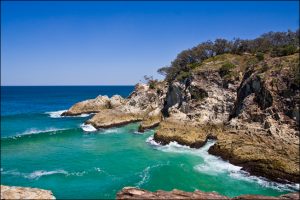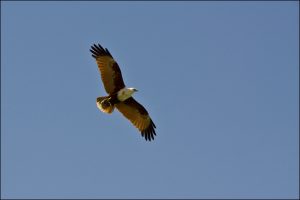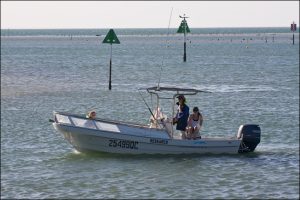Welcome to Marine Megafauna and Planetary Health!
This is the blog space for 2305ENV, the Griffith University course that takes a unique approach to exposing B.Sc. (Marine Science) students to some of the major global environmental challenges of our time (e.g.; Climate change; Habitat and biodiversity loss; Underwater noise, Infectious Disease and Pollution (chemical, marine litter, microplastic)).
Charismatic marine megafauna, such as whales, seals, sharks, polar bears, sea-birds and sea-turtles have both high societal value, as well as biologies that render them most at risk from many anthropogenic pressures. Students will gain an understanding of how different taxas’ unique ecophysiologies may place them at elevated risk from human impacts; and how this sensitivity can be leveraged for effective ecosystem biomonitoring and science communication.
Over the duration of the course, students will gain field experience associated with long-term monitoring of humpback whales, and will conduct species surveys in Moreton Bay Marine Park, which boasts the highest cetacean biodiversity in Australia. On the basis of their course experience students will be challenged to develop fresh conservation communication and action strategies.
For more information about the Griffith University Bachelor of Marine Science degree, or to enroll, go to: https://degrees.griffith.edu.au/Program/1328






Recent Comments